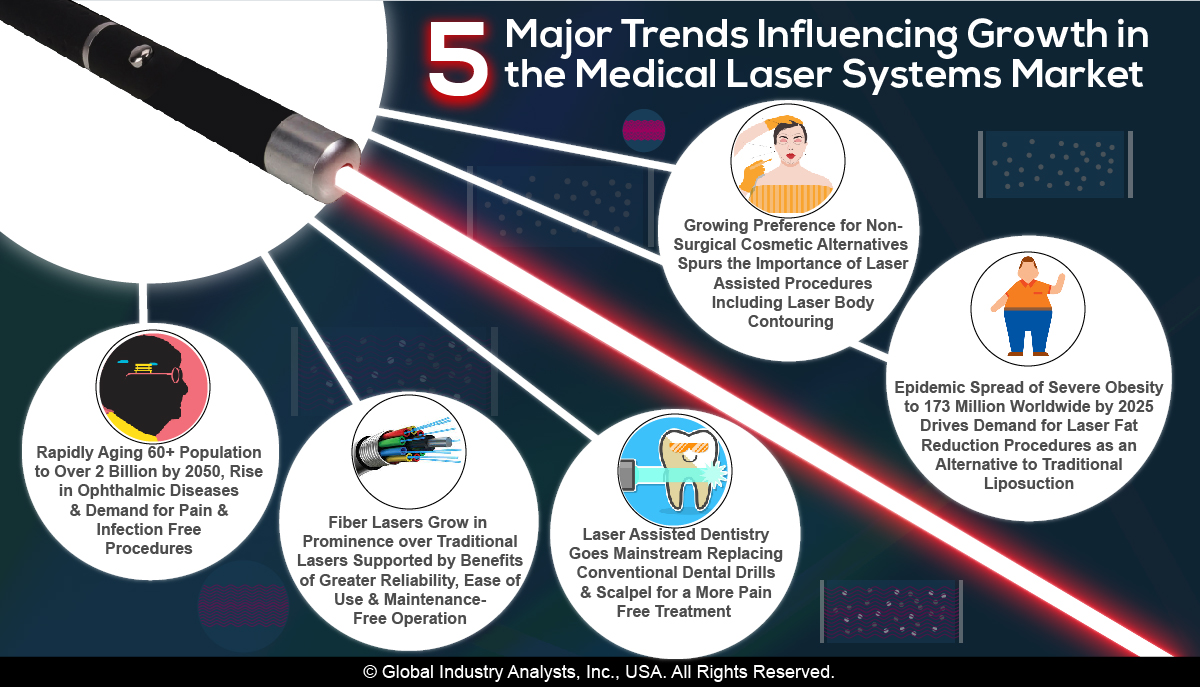The Reality About Refractive Lens Exchange: What Your Eye Doctor May Not Disclose

Material Develop By-Valentin Wollesen
Have you ever before took into consideration Refractive Lens Exchange (RLE) as an alternative for vision modification? While it isn't as extensively discussed as LASIK, RLE could be a game-changer for your sight. Many people forget its benefits, believing traditional approaches are their only choice. But what are the real benefits, and what might your optometrist not be telling you about this treatment? Let's check out the ins and outs of RLE together.
Understanding Refractive Lens Exchange: The Essentials
Refractive lens exchange (RLE) is a procedure that can substantially boost your vision, specifically if you're taking care of presbyopia or serious refractive errors.
During RLE, your eye doctor removes your eye's all-natural lens and replaces it with a man-made one tailored to your vision needs. This treatment can remedy nearsightedness, farsightedness, and astigmatism, providing you clearer vision without depending on glasses or contact lenses.
The surgical treatment is commonly quick, taking less than an hour, and the majority of people experience minimal pain. Recovery is relatively quickly, allowing you to go back to your daily tasks shortly after.
If you're taking into consideration RLE, seeking advice from your eye doctor can help you figure out if it's the right selection for you.
Key Distinctions Between RLE and Traditional Cataract Surgical Procedure
While both refractive lens exchange (RLE) and conventional cataract surgical treatment involve replacing the eye's natural lens, their main goals and client profiles vary dramatically.
RLE is focused on individuals seeking to minimize their reliance on glasses or get in touch with lenses due to refractive errors, usually before cataracts establish. On the other hand, conventional cataract surgery typically targets people that've developed cataracts, which shadow the lens and impair vision.
The lenses used in RLE can offer a broader range of vision correction, while standard cataract surgery usually involves basic monofocal lenses.
In addition, RLE candidates are often more youthful and in excellent total health and wellness, whereas cataract clients may be older and have various other health worries.
Selecting the ideal treatment depends on your specific vision needs and circumstances.
Prospective Advantages and Factors To Consider of RLE
If you're taking into consideration refractive lens exchange (RLE), you'll discover a number of possible benefits that may enhance your lifestyle.
RLE can give you with more clear vision, reducing or eliminating the need for glasses or contact lenses. It supplies an opportunity to address presbyopia and various other refractive errors at the same time, typically improving your overall visual acuity.
Furthermore, RLE can be a great choice if you're not an ideal candidate for LASIK. Nevertheless, it is necessary to evaluate the factors to consider, like the expense, possible dangers, and the healing period.
Discussing your certain demands with your eye doctor can help you make an informed choice, guaranteeing you select the best course for your vision modification.
Laser Eye Surgery
In conclusion, refractive lens exchange offers an one-of-a-kind solution for vision correction that surpasses what LASIK can give. https://www.webmd.com/eye-health/what-to-know-normal-pupil-size to weigh the benefits versus potential dangers and costs before deciding. Do not wait to ask your eye doctor the challenging questions to guarantee you totally recognize the procedure and its ramifications for your vision. With the right details, you can with confidence choose the very best alternative for your eyes and way of life.

